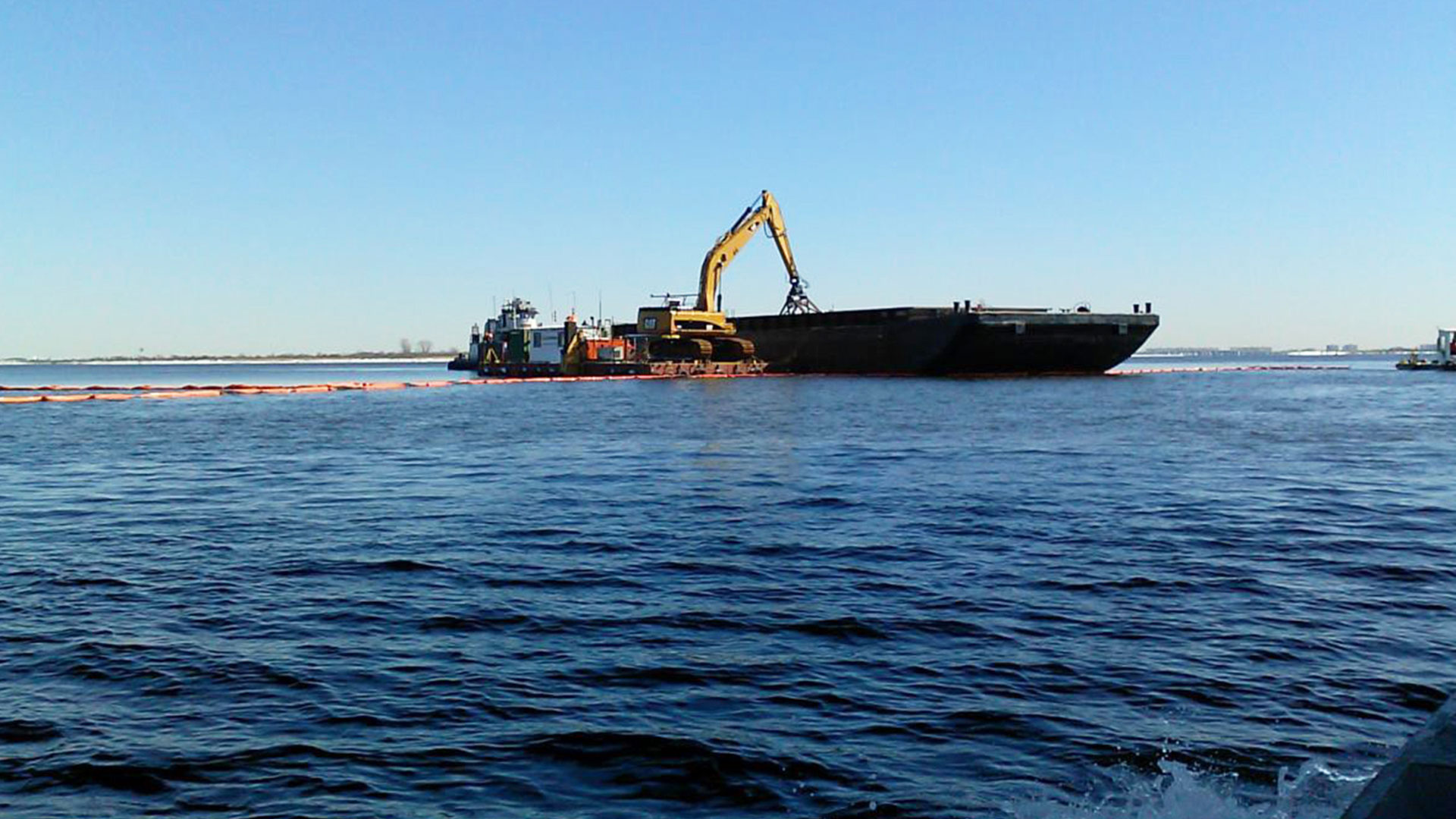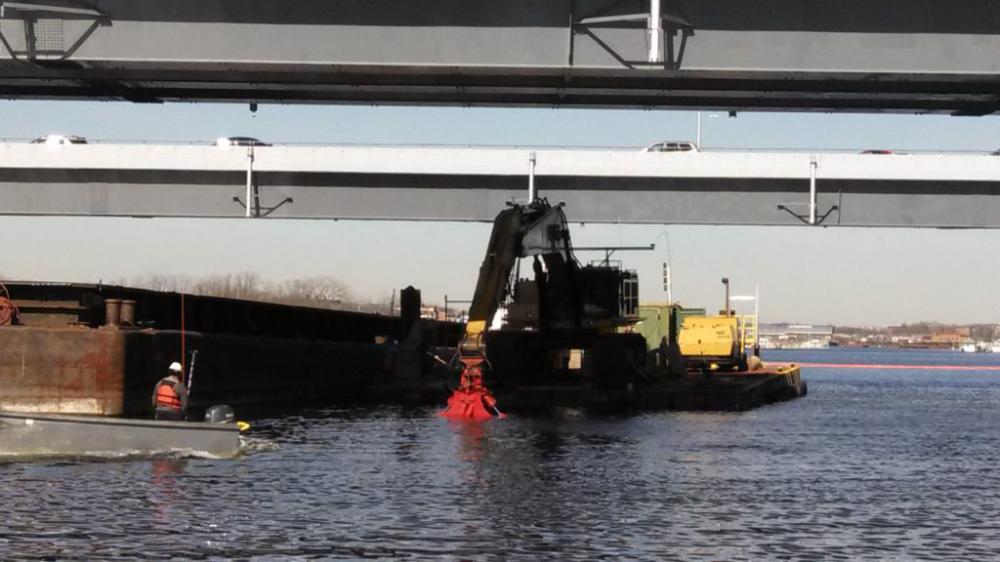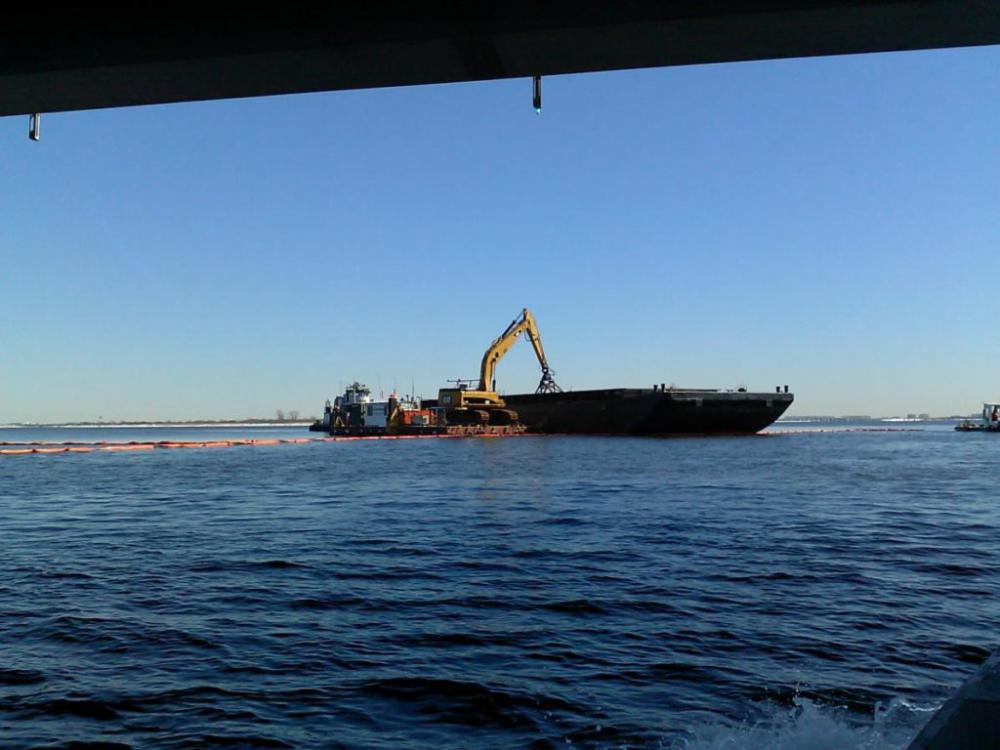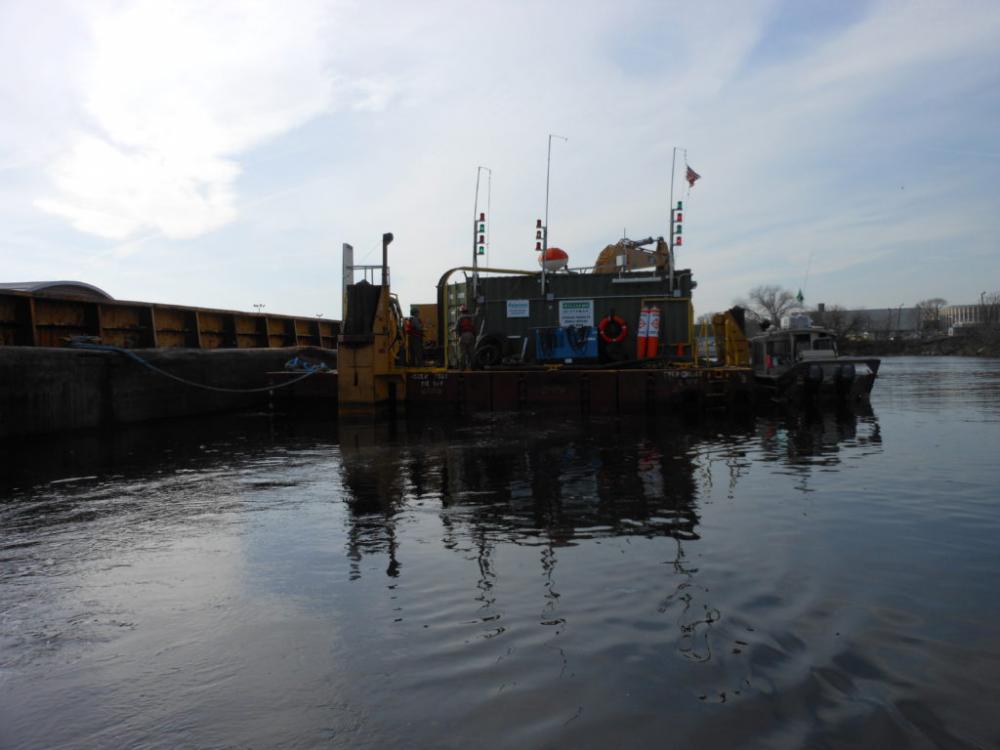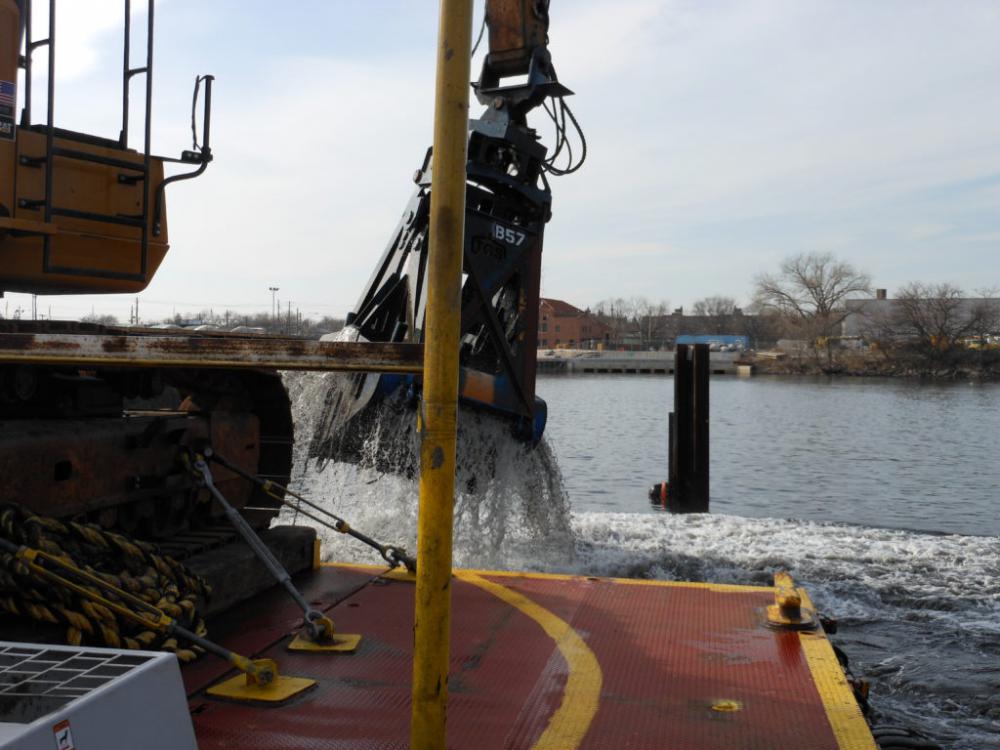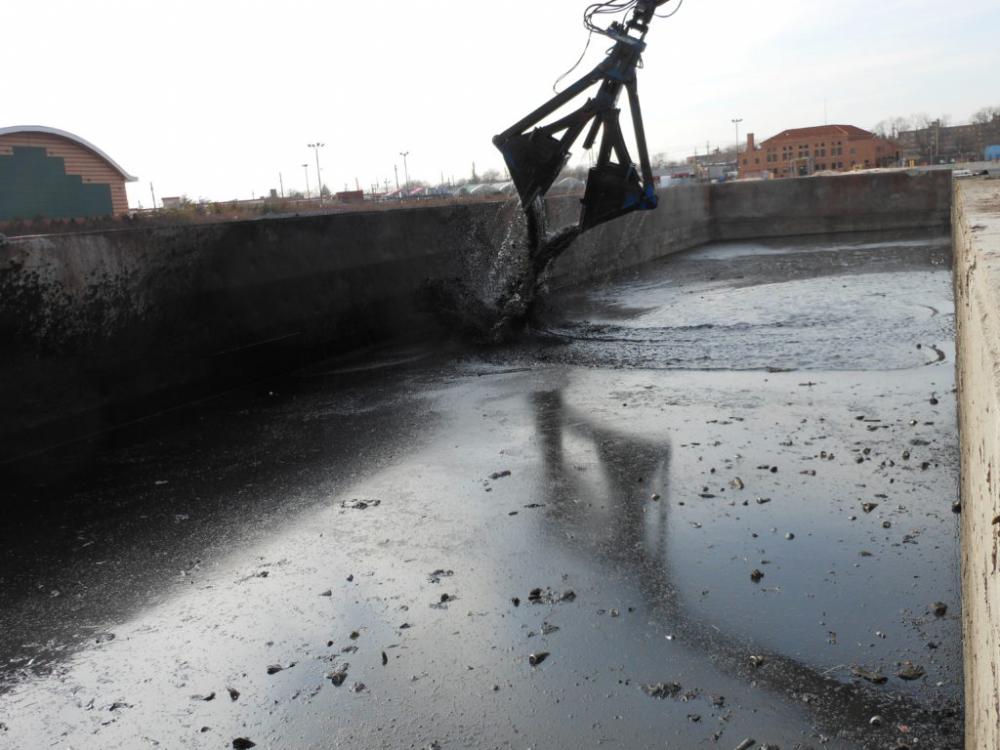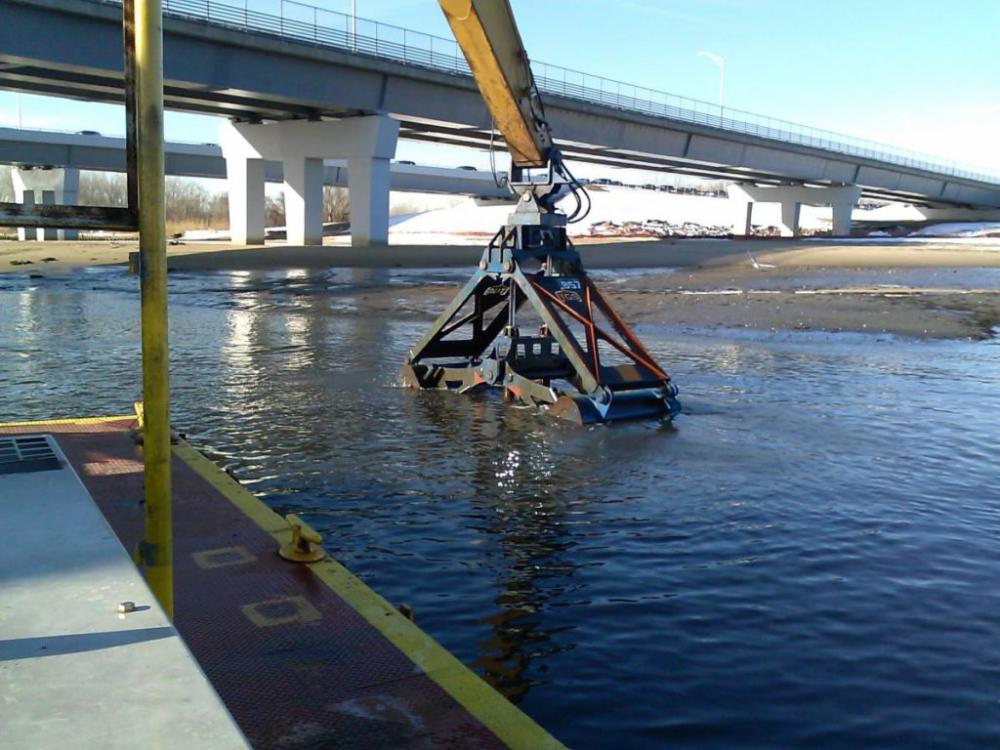Paerdegat Basin is one of 10 sites in the New York City Green Infrastructure Program, a multiagency effort to meet New York State Department of Environmental Conservation (NYSDEC) requirements to reduce combined sewer overflow (CSO) and improve overall water quality in the NYC Harbor. CASHMAN DREDGING was awarded the contract to dredge combined sewer overflow (CSO) sediments in the Paerdegat Basin in Brooklyn. This project entailed the dredging of approximately 24,000 cubic yards of sediment from two areas of Paerdegat Basin. The overall canal length is about 7,000 feet and varies in width from 500 feet at the Head End Area to about 200 feet at the Mouth Area. First to be dredged was ~5,500 cubic yards of sand from the navigable channel at the Mouth Area of the Basin to a depth of 11 feet below Mean Low Water. Then, CASHMAN dredged ~18,500 cubic yards of CSO sediment from the Head End Area of the Basin to a depth of 4.2 feet below Mean Low Water. The CSO sediments in the permitted area in the Head End of the Basin have been classified as Class C material, requiring extensive environmental protection measures during and after dredging. This sediment remediation also benefits the public usage of the park in this area.
CASHMAN received an overall “Excellent” rating in an evaluation from the New York City Department of Environmental Protection (NYCDEP) for the Paerdegat Basin dredging, capping, and soil stabilization project.
PROJECT HIGHLIGHTS
- Dredged 24,000 cubic yards of sediment from two areas of the Basin: 5,500 cubic yards of sand at the Mouth End for navigation that was shipped and reused for brownfield redevelopment, and 18,500 cubic yards of CSO sediment from the Head End, which was classified as Class C-contaminated material and required extensive environmental protection measures during / after dredging.
- Processed CSO sediment in Elizabeth, NJ and then shipped it to be reused for a mine reclamation project.
- Installed articulated concrete mats for scour protection adjacent to outfall structures and a sand cap along the Head End.
- Utilized engineering controls for mitigating emissions and noise.
- Employed bucket positioning technology to specify cut depth, minimize overdredging, & reduce disposal costs.
- Used bucket positioning technology for accurate, precise sand cap installation.
- Used shallow-draft dredges & barges to optimize dredging precision, which was a unique approach in the area.
- Utilized the same dredge for both dredging activities and sand cap installation, reducing costs.
Details
New York City Department of Environmental Protection (NYCDEP)
$6.6 million
January 2013 - July 2014
• DREDGING
